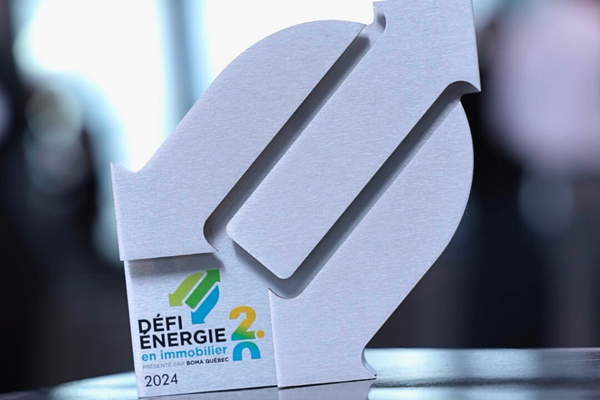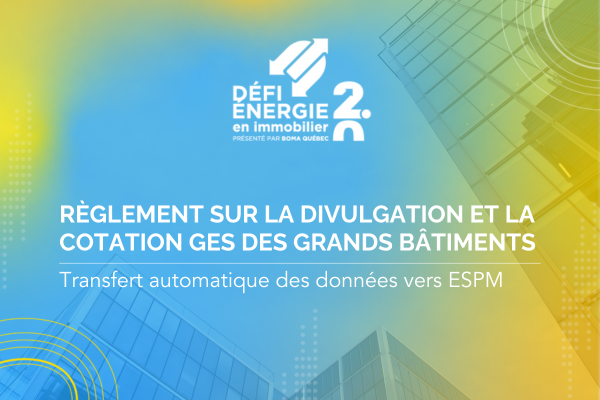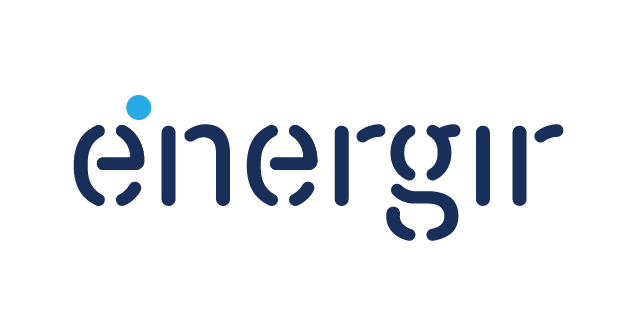Company heads are often reluctant to invest in better management of energy consumption. The result is that energy efficiency is often shunted aside, particularly during periods of strong productivity or, inversely, when there is a drop in productivity. Their reticence, or indeed indifference, is often due to a lack of information and to the fact that they tend to view energy efficiency as something that takes a lot of effort and leads to poor results.
 The impacts of a green or sustainable building on employee productivity are little known. Gains in productivity are due mainly to the comfort employees experience from improved lighting, consistent temperatures, better acoustics, and the quality of indoor air and humidity. This article is based on a review of Green Buildings and Productivity and on a Vertima presentation on the bénéfices du bâtiment durable au Québec. Both point out the positive influence of an energy efficient building on employee productivity.
The impacts of a green or sustainable building on employee productivity are little known. Gains in productivity are due mainly to the comfort employees experience from improved lighting, consistent temperatures, better acoustics, and the quality of indoor air and humidity. This article is based on a review of Green Buildings and Productivity and on a Vertima presentation on the bénéfices du bâtiment durable au Québec. Both point out the positive influence of an energy efficient building on employee productivity.
Lighting
Studies have shown that high quality lighting and natural light improve employee productivity by up to 23%[1], in addition to having a positive impact on health. High quality lighting is defined as having a high level of luminous flux or light output, and a colour rendering index of almost 100. These gains can be seen in improved reading comprehension, faster processing of information and a lower rate of absenteeism.
Temperature
A meta-analysis of studies of the link between temperature and productivity demonstrated that the performance of office employees is at its peak when the temperature is between 21°C and 22°C[2]. It is thus important to implement measures that allow for a stable temperature in that range.
Acoustics
Noise disturbs concentration. Better control of sound, achieved by better insulated walls and windows, blocks outdoor noise and improves a building’s energy performance. Working in a silent environment raises productivity by 1.8% to 19.8% per employee[3].
Indoor Air Quality
A Carnegie Mellon article identified 15 studies on the effects of ventilation on productivity. With the right conditions, that can be improved by 0.6% to 7.4%[4]. Improving air circulation by means of power saving circuits or heat recovery systems, plus filtration to reduce indoor pollution, leads to fewer sick days and improved focus.
Social Bonus
The productivity gains of each occupant in a building mean considerable financial gains, the equivalent of 39 more hours per person per year[5]. Impacts are not limited only to productivity. Working in a high energy performance building leads to lower staff turnover, improves employee morale, makes the workplace attractive and facilitates recruitment.
The participation of building owners and tenants in the BOMA Quebec Building Energy Challenge (BEC) is a winning proposition for all concerned. It’s an excellent way to improve the performance of organizations across Quebec, while also reducing the environmental impact of the buildings they work in.








